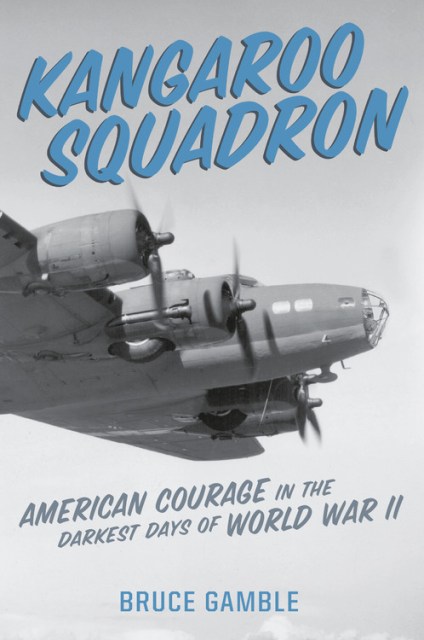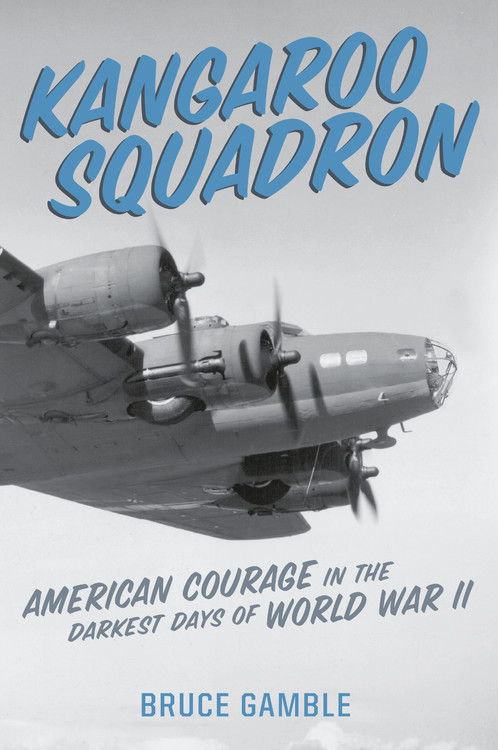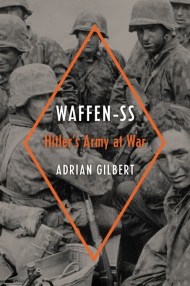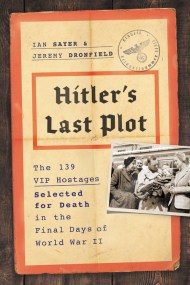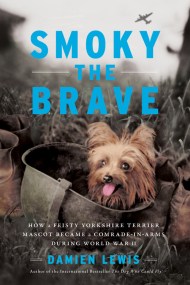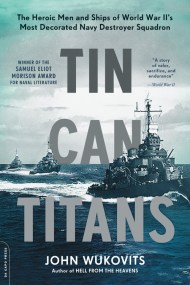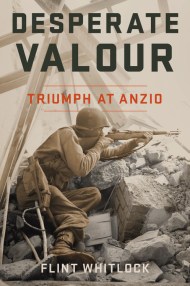Promotion
Use code MOM24 for 20% off site wide + free shipping over $45
Kangaroo Squadron
American Courage in the Darkest Days of World War II
Contributors
By Bruce Gamble
Formats and Prices
Price
$28.00Price
$36.50 CADFormat
Format:
- Hardcover $28.00 $36.50 CAD
- ebook $14.99 $19.99 CAD
- Audiobook Download (Unabridged)
This item is a preorder. Your payment method will be charged immediately, and the product is expected to ship on or around November 20, 2018. This date is subject to change due to shipping delays beyond our control.
Also available from:
Based in Australia with inadequate supplies and no ground support, the squadron’s pilots and combat crew endured tropical diseases while confronting numerically superior Japanese forces. Yet the outfit, dubbed the Kangaroo Squadron, proved remarkably resilient and successful, conducting long-range bombing raids, carrying out armed reconnaissance missions, and rescuing General MacArthur and his staff from the Philippines.
Before now, the story of their courage and determination in the face of overwhelming odds has largely been untold. Using eyewitness accounts from diaries, letters, interviews, and memoirs, as well as Japanese sources, historian Bruce Gamble brings to vivid life this dramatic true account.
But the Kangaroo Squadron’s story doesn’t end in World War II. One of the squadron’s B-17 bombers, which crash-landed on its first mission, was recovered from New Guinea after almost seventy years in a jungle swamp. The intertwined stories of the Kangaroo Squadron and the “Swamp Ghost” are filled with thrilling accounts of aerial combat, an epic survival story, and the powerful mystique of an invaluable war relic.
Genre:
- On Sale
- Nov 20, 2018
- Page Count
- 416 pages
- Publisher
- Da Capo Press
- ISBN-13
- 9780306903120
Newsletter Signup
By clicking ‘Sign Up,’ I acknowledge that I have read and agree to Hachette Book Group’s Privacy Policy and Terms of Use
